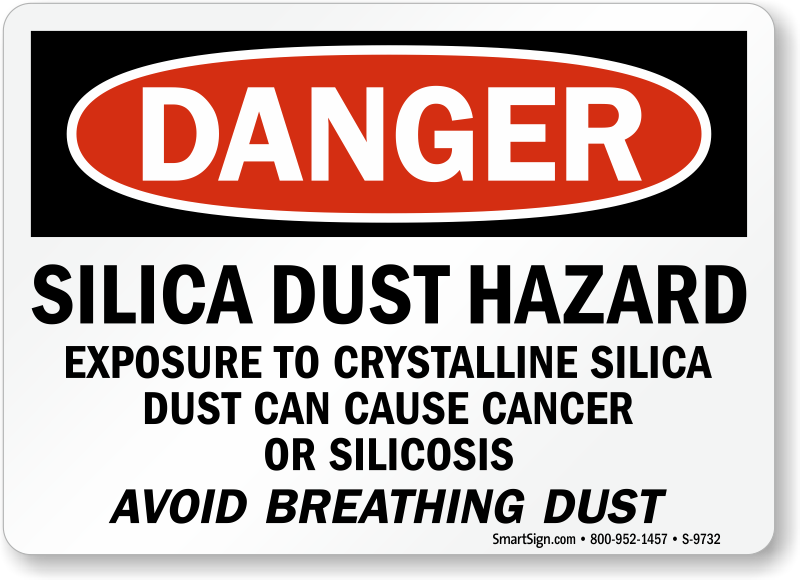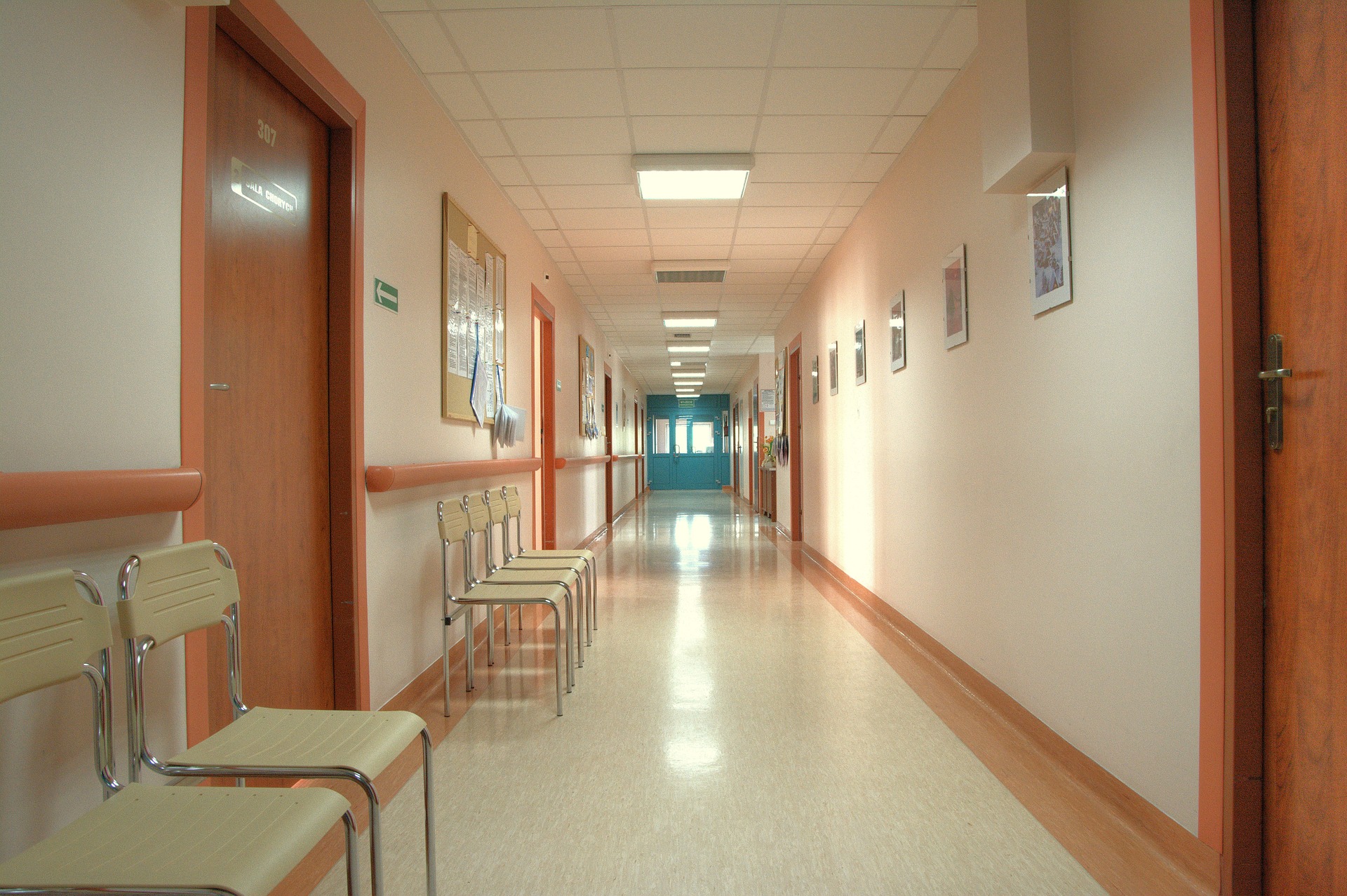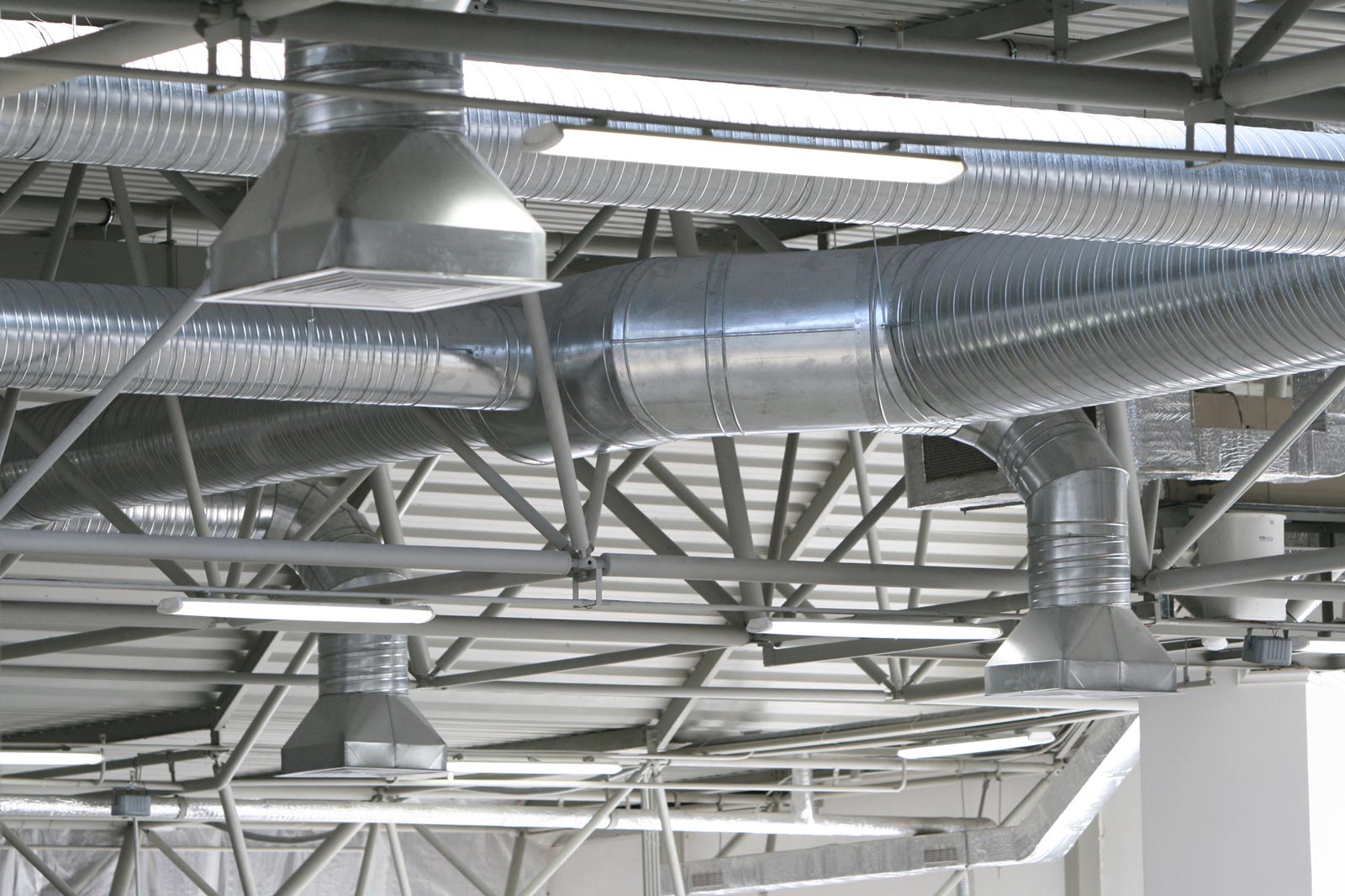Silicosis is a potentially dangerous but preventable occupational lung infection caused by inhaling respirable particles containing crystalline silicon dioxide (silica). Quartz, a form of crystalline silica, is the second-most plentiful mineral inside the earth’s crust.
Read MoreEnvironmental Health and Safety Blog | EHSWire
Volatile Organic Compounds (VOCs) in the Indoor Environment
Posted by Shivi Kakar
VOCS: volatile organic compounds, or VOCs, are carbon-containing organic chemicals—many of which can be present in indoor in low concentrations. Indoor sources include building materials, furnishings, consumer products, tobacco smoke, and indoor chemical reactions (spontaneous chemical reactions between oxidants such as ozone and various common indoor chemicals in indoor air or on indoor surfaces). VOCs from attached buildings such as auto repair shops and dry cleaners may also enter indoor living spaces, as can outdoor air, also a source of pollutants containing VOCs. VOCs may be odorous and some VOCs are known or suspected to cause a variety of adverse health effects.
Read MoreThe Ebola virus can live on surfaces in hospitals for almost two weeks, a brand new study indicates. Researchers examined how long the Ebola virus could survive on plastic, stainless steel and Tyvek, a material used in the personal protective suits used for Ebola. In general, the virus survived on surfaces for a longer time when in the climate-controlled conditions rather than in the West African surroundings, the study found. The longest the virus managed to survive in the tropical states of the West African environment was three days, on Tyvek.
Read MoreThe long anticipated OSHA Hazard Communication deadline of June 1, 2015 is fast approaching and companies are scrambling to get their container labels and safety data sheets (SDS) completed. Of course we’ve known about the deadline for 3 years, so it shouldn’t be a surprise. Yet it seems that some companies have procrastinated so that they and their customers will not meet the deadline.
Read MoreThe proper procedure for mounting and dismounting construction equipment will vary, depending on the machine.
Read MoreEven though the nature of construction itself can be dangerous, prevention is the key to keeping all workers safe. The difference between life and death in tenuous situations typically comes down to the competency of all individuals involved in the construction process.
Read MoreAs easy as it might appear to make use of a ladder, many disabling injuries occur each year as a result of improper utilization of ladders. Understanding the "Do's" and "Don'ts" will allow you to prevent becoming another casualty of falling from a ladder.
The National Safety Stand-Down to Prevent Falls in Construction is May 4-15, 2015
Posted by Shivi Kakar
Falls are the leading cause of death in the construction industry, and as the statistics show, hundreds of workers die each year and thousands more suffer debilitating injuries. Still, death because of improper fall protection is one of the the most frequently cited violations from the U.S. Department of Labor's Occupational Safety and Health Administration. To raise awareness of the severity of this common construction site hazard, thousands of companies and much more than a million workers across the country joined OSHA in 2014 for a weeklong National Safety Stand Down to Prevent Falls in Construction. This year's Safety Stand Down is being held from May 4-15, 2015.
Read MoreUncontaminated air is anticipated in the present industrial work environment. The utilization of chemical compounds, a lot of that are extremely dangerous, can result in concentrations that approach or exceed exposure limits in particulate, fumes, mists or vapors.
Also, excessive heat will make a work environment uncomfortable and dangerous. Successful properly-created industrial ventilation methods could reduce the hazards produced problems and by these chemical.
A new study in the National Institute for Occupational Safety and Health (NIOSH) examines thirty years of hearing loss trends experienced by workers exposed to noise while at work, across various businesses. The analysis, released by the American Journal of Industrial Medicine, discovered that while progress has been made in lessening the risk of hearing loss within most business sectors, additional efforts are needed within the Mining, Construction, and Social and Health Care Assistance sectors.
Read More










